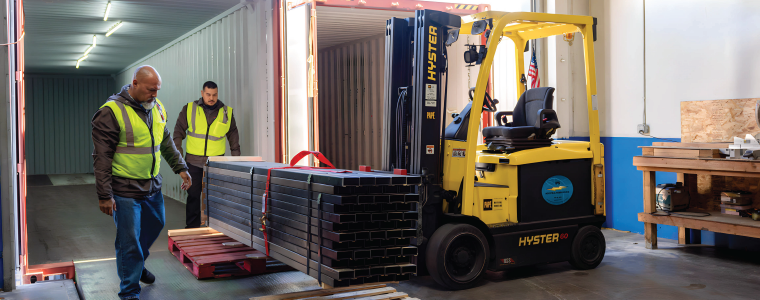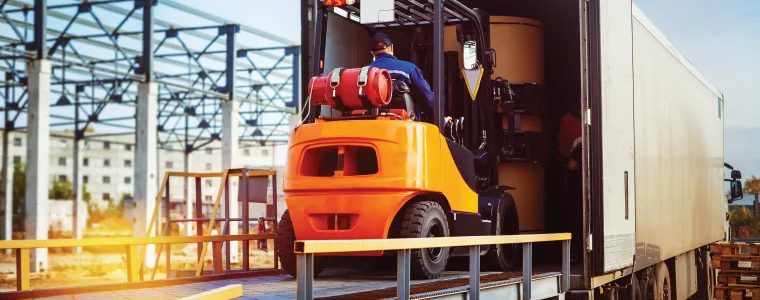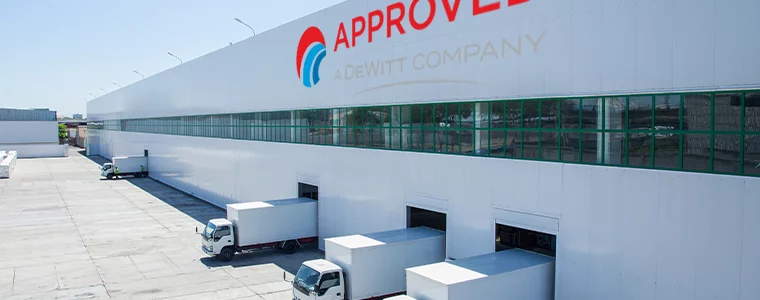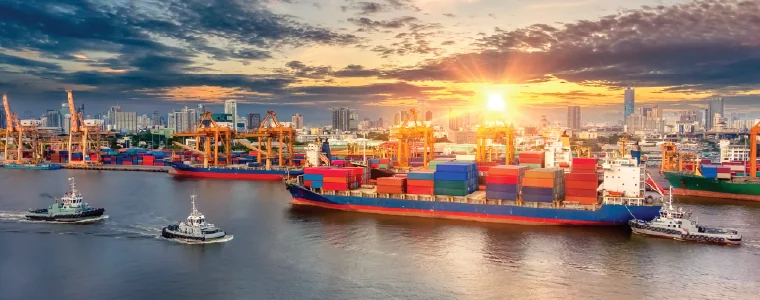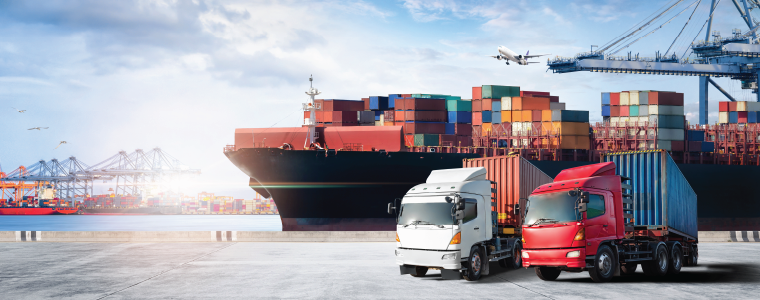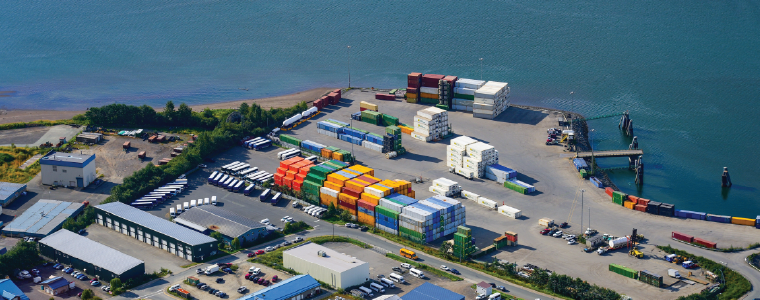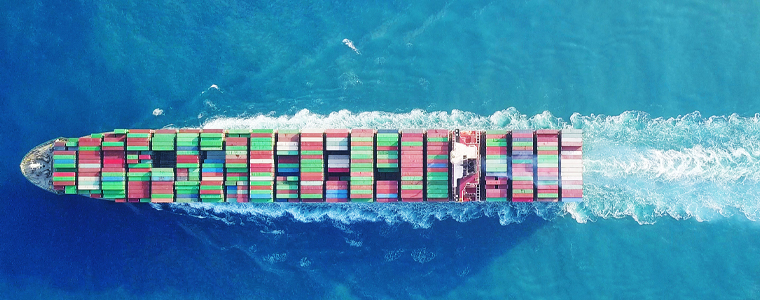September 25, 2024By: Eric Zybura
Maui’s 160,000+ residents and 4,800+ businesses all rely on incoming and outgoing freight to keep their personal lives and professional endeavors moving forward. If you’re shipping freight to or from Maui, we’ll show you what you need to know to optimize your logistics. By understanding the ins and outs of Maui freight, you’ll discover new ways to create efficiencies, saving you both time and money as you move cargo to and from the Valley Isle. In This Article:1. Know Your Maui Freight Modes 2. Direct Ocean Freight Service to Maui Is Available 3. For Maui Ocean Freight, Packaging Matters 4. Deliveries to Some...
Read MoreAugust 9, 2024By: Eric Zybura
Nearly three-quarters of freight in the United States is moved via truck, according to the American Trucking Associations. If you’re one of the many shippers moving freight over the road, you’ve probably considered less-than-truckload (LTL) service to move your freight. To help you make it easy and cost-effective, we’ll show you everything you need to know about LTL freight shipping. In This Article What Is LTL Freight? What Are the Pros and Cons of LTL Freight? Understanding & Overcoming Key Challenges for LTL Freight Pricing & Quote Complexity Longer Transit Times Greater Potential for Damage The Advantages of Partnering with a Freight Broker Access...
Read MoreMarch 28, 2024By: Eric Zybura
When it comes to over-the-road transportation, you’ll have two main choices: less-than-truckload (LTL) and full truckload (FTL) shipping. Each of these options offers different timelines, different costs, and different advantages. We’ll walk you through all of them so you can understand the distinctions—and pick the one that moves goods on your preferred timing, at your preferred budget. In This Article Definitions & Basic Differences: FTL vs. LTL Cost Considerations: FTL Pricing vs. LTL Pricing FTL & LTL Transit Time & Efficiency: A Comparison Safety & Handling of Goods: Who’s the Winner? LTL or FTL? Environmental Impact: Which Has the Lighter Carbon Footprint, LTL or FTL?...
Read MoreMarch 14, 2024By: Eric Zybura
As the transportation industry continues to focus on sustainability, rail freight continues to stand out. The consulting firm IDC calls rail “the most energy efficient and least carbon intensive freight transportation mode.” Case in point: Rail makes up about 9% of freight activity, but it only accounts for 3% of energy use in the transportation sector. But the rail industry isn’t resting on its laurels. Instead, the industry continues to embrace technological innovations designed to reduce its carbon footprint even further, improve safety, increase efficiency, prevent breakdowns, and keep cargo moving. In this article, we’ll investigate some of the latest innovations in rail freight, including...
Read MoreFebruary 22, 2024By: Eric Zybura
Understanding the difference between transloading and intermodal freight shipping can help you keep your cargo moving efficiently—and save you money. Not sure what these logistics terms mean? We’ll walk you through the definitions of both, and explain which method to choose when—and why. We’ll also throw in a quick discussion of another similar term, transshipping, so you can understand all of these logistics strategies and pick the right one for your freight. What Does Transloading Mean in Shipping? Transloading refers to moving cargo from one mode of transportation to another. More specifically, when cargo is transloaded, it’s unloaded from one transportation method (such as an...
Read MoreNovember 7, 2023By: Eric Zybura
The holiday season can be a make-or-break one for many retail businesses. Statistics from the National Retail Federation (NRF) reveal that retailers earn, on average 19% of their total sales during the last two months of the year. (Or more, depending on the business!) As you prepare for the holiday season, we’ve got five insights for you. These tips will help you optimize your logistics, protect your margins, and keep your holiday stress to a minimum—at least where your business is concerned! #1: The “Holiday Season” Starts Earlier Every Year Remember the days when the holiday shopping season (semi-)officially kicked off with Black Friday,...
Read More

